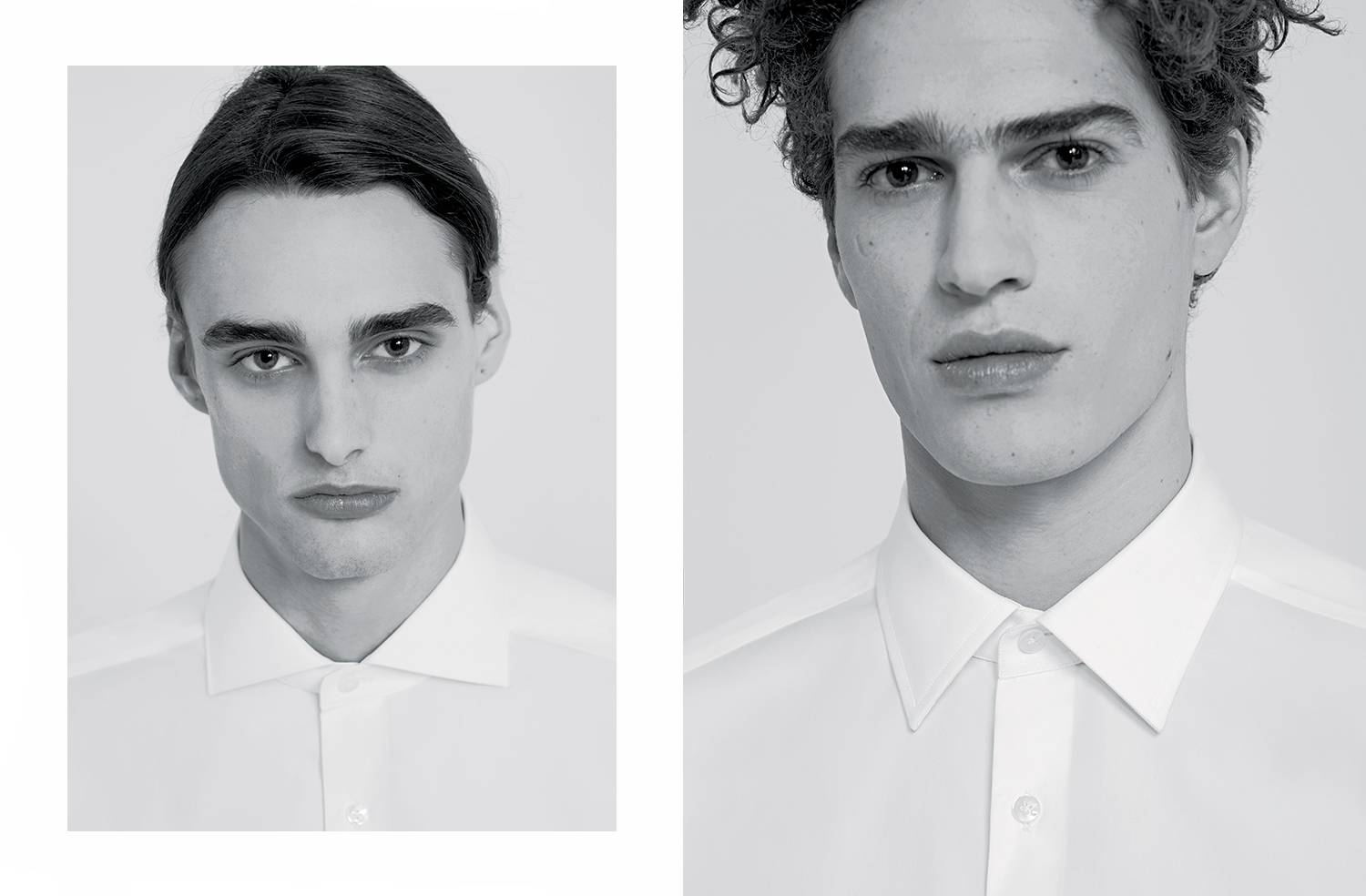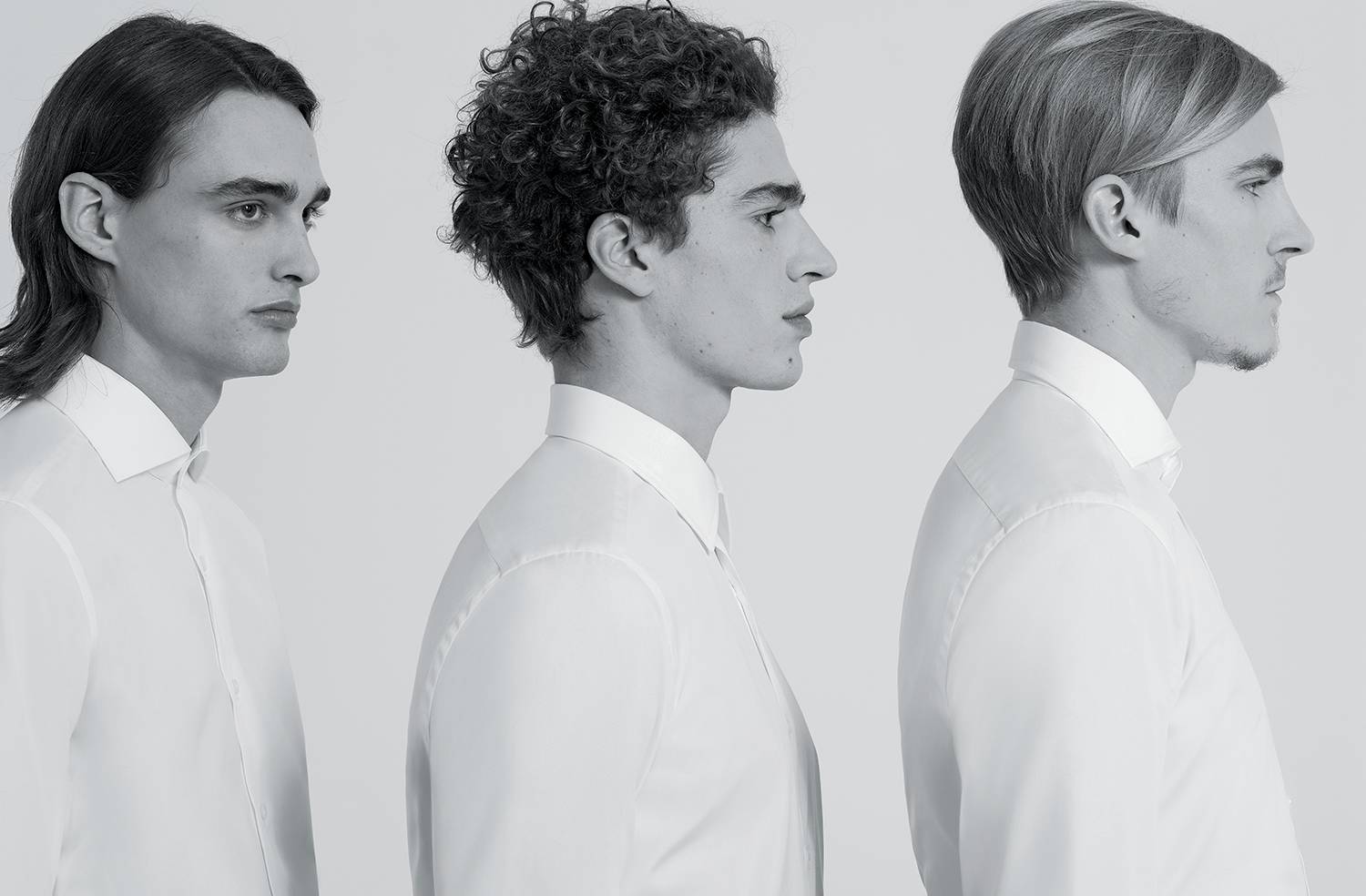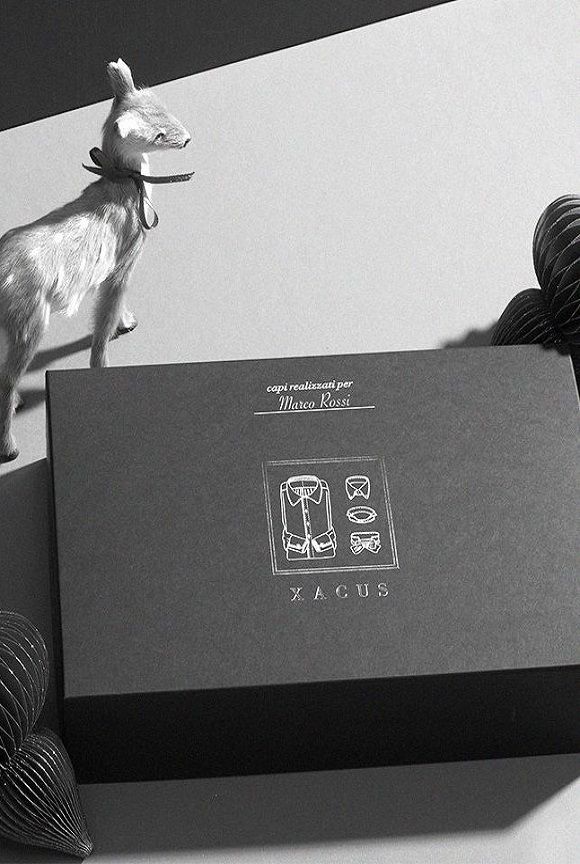

Men who aren’t particularly concerned about style tend to suit button-down shirts or shirts with a Mandarin or Italian collar, as they can be worn in most contexts, including formal settings. It’s also the case that a true gentleman should have a perfect knowledge of every little detail, leaving nothing to chance.
We’ve already touched on the different types of men’s collars, but what about the individual details that give the collar its characteristic shape? Let's take a look.
Stiffness
The first thing that really makes a difference to a collar’s structure and fit is how stiff it is. At the turn of the nineteenth and early twentieth centuries, all collars were fairly stiff, due to the starch applied to clothing. Collars also tended to be removed and replaced, as washing systems were not as effective or convenient as modern-day machines. These days, only Winchester shirts with a detachable collar tend to mimic older styles. But why does it matter if a collar is stiff or not? It all depends on how much spacing there is. Softer collars are usually synonymous with relaxed, casual outfits, while formal, elegant attire tends to suit a stiffer collar, for a more decisive look.
Height
Collar height is calculated by measuring the space between the fold and the tip, in proportion to the neck itself. The higher the collar, the more formal the shirt tends to be and also, in a certain sense, assertive: collar height is a great indicator of who’s in charge!
Italian style has always been characterised by high collars, which are sometimes paired with a couple of buttons to provide additional support.


Size
Small and minimalist or large and overstated? This dilemma tends to result in men staring blankly at shop shelves for hours on end, waiting for someone to come to their rescue. In reality, a business context favours a fairly small collar, with the greatest difference relating to face shape and size. For example, a large collar is usually better suited to a round or wider face.
Width
The fourth and final detail is how far the collar extends outwards, i.e. the distance between the two points. It’s also important to take face shape and size into consideration when it comes to this detail, too. If your face is narrow and thin, a wide collar helps to counterbalance proportions, because wearing a smaller collar might make the head appear even more elongated. On the other hand, a narrow collar often helps to create balance for people with wider faces.
We bet you start looking at shirts with a fresh pair of eyes way after reading this handy guide!

